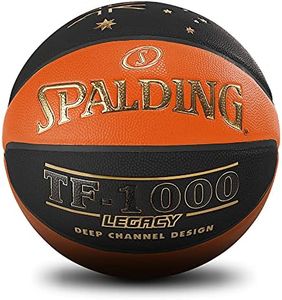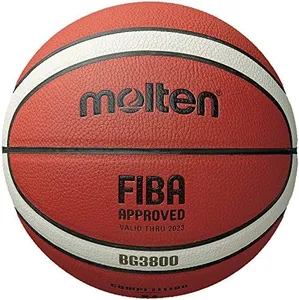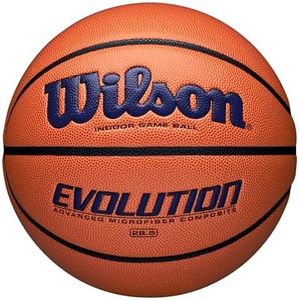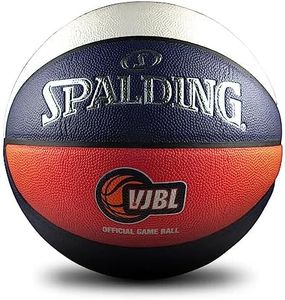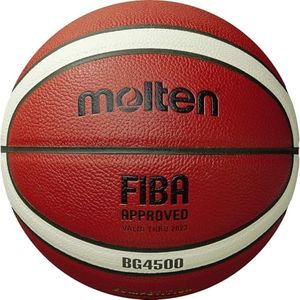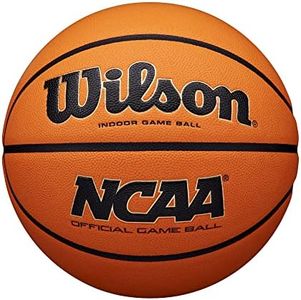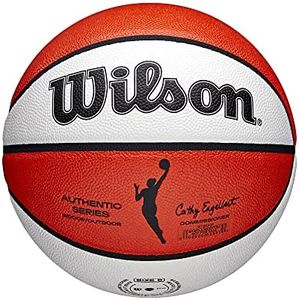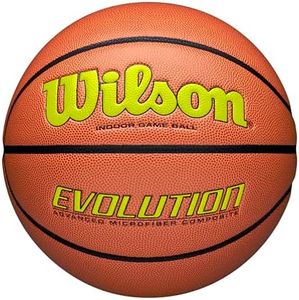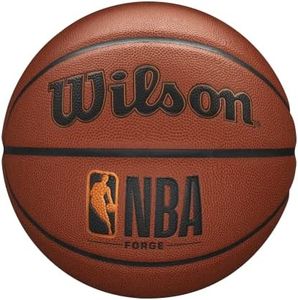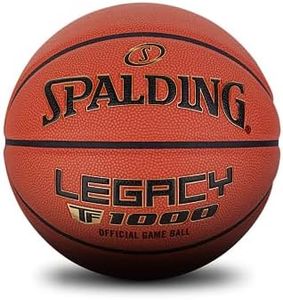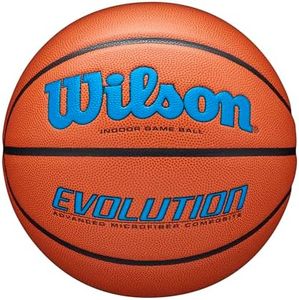We Use CookiesWe use cookies to enhance the security, performance,
functionality and for analytical and promotional activities. By continuing to browse this site you
are agreeing to our privacy policy
10 Best Indoor Basketballs
From leading brands and best sellers available on the web.Buying Guide for the Best Indoor Basketballs
Selecting the right indoor basketball can truly elevate your playing experience, whether you’re practicing on your own, playing friendly games, or participating in organized matches. Indoor basketballs are specifically designed to be used on indoor courts, typically made of wood or other smooth surfaces, so their materials and construction differ from outdoor versions. Knowing how to evaluate different aspects of a basketball will help ensure you pick one that feels right in your hands, suits your play style, and lasts longer. The key is to focus on important specs that impact how the ball handles, its durability, and how it enhances your performance.MaterialThe material of an indoor basketball is crucial because it affects how the ball feels, its grip, and durability. Most indoor balls are made from full-grain leather, composite leather, or sometimes synthetic materials. Genuine leather provides the best feel and performance, especially after a break-in period, but needs to be used only on indoor courts and typically lasts the longest. Composite leather offers a soft feel right out of the box and is easier to maintain, making it a popular choice for many players. Synthetic balls are generally less expensive but may not provide the same authentic feel or longevity. If you are a serious or regular player, a genuine or composite leather ball is usually best; casual players may enjoy the practicality of composite or synthetic options.
SizeBasketballs come in different sizes, and choosing the right one ensures better handling and shooting. The main sizes are 7 (29.5 inches, standard for adult men), 6 (28.5 inches, standard for women and youth boys aged 12-14), and 5 (27.5 inches, ideal for children). Each size is designed to fit the hands and playing needs of its target group. Pick the ball size that matches your age, gender, or the league standards you follow; this will help improve your comfort and skill development.
Grip and FeelGrip refers to how well the ball sticks to your hands, while feel is about the softness and feedback the surface provides. This is important because a ball with a good grip and pleasant feel makes dribbling, passing, and shooting easier and more consistent. Leather balls typically offer excellent feel over time, while composite leathers are often softer immediately. Check the ball’s surface texture—deeper pebbling or channels can enhance grip. If you sweat a lot or play fast, prioritize balls described as having superior grip or moisture-wicking properties.
Bounce ConsistencyBounce consistency describes how evenly the ball rebounds off the court. A good indoor basketball should offer a true, predictable bounce that helps maintain the flow of the game. Balls with uneven or erratic bounce can disrupt play and make practicing difficult. Usually, higher quality materials and better construction mean more consistent bounce. If you’re training or playing competitively, consistent bounce is particularly important, so look for balls that hold their shape and perform well at indoor air pressure (typically 7-9 psi).
DurabilityDurability determines how well the ball withstands frequent use on hardwood or smooth indoor surfaces. Genuine leather balls become more durable and playable with time, whereas composite and synthetic balls hold up well but may wear out faster under heavy use. Think about how often you’ll play and whether the ball will be used by multiple people. If you play often, invest in a ball known for durability; if use will be more casual or occasional, most quality composite balls will last a long time with proper care.

